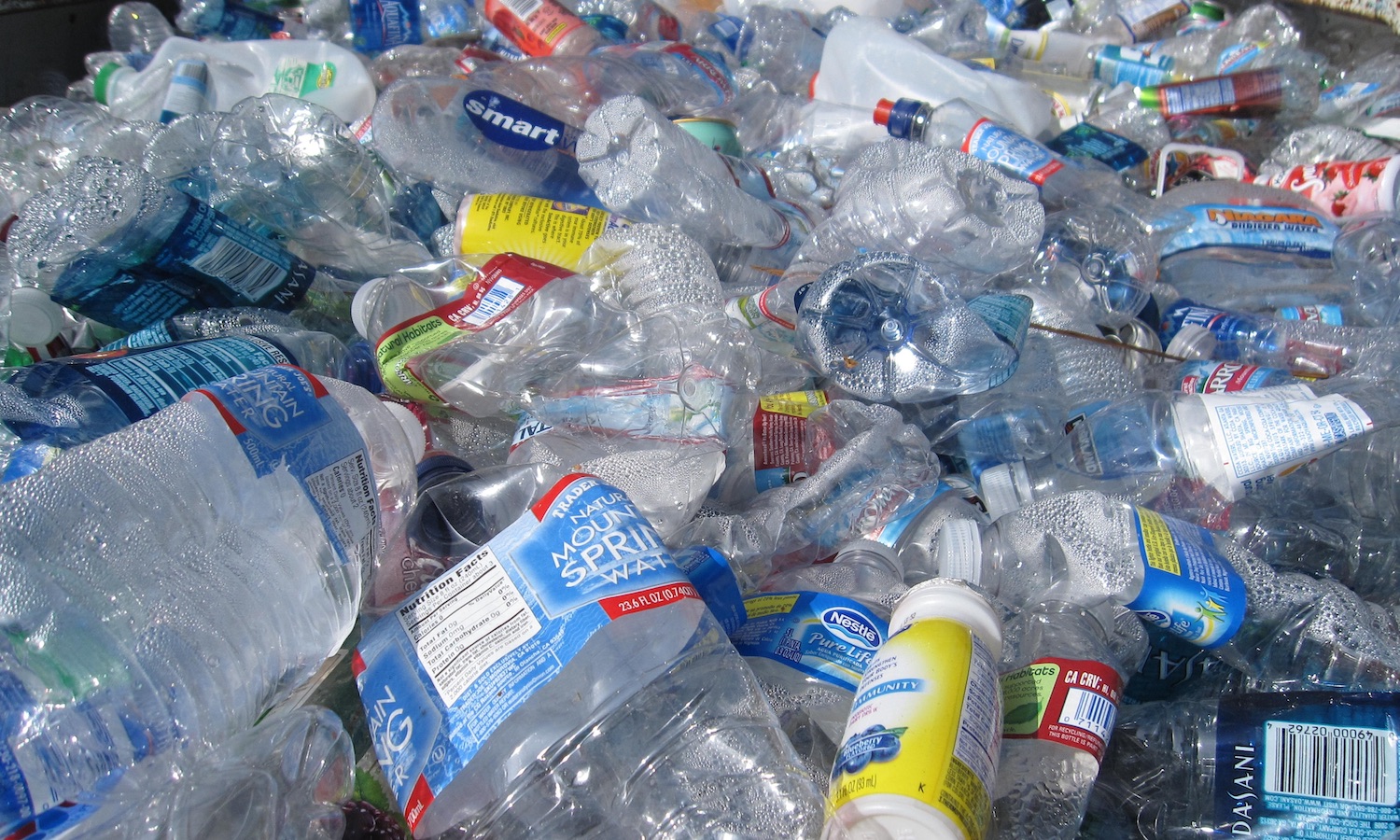The Plastic Atlas, recently published by the Heinrich Böel Foundation and Break Free From Plastic, highlights the extent of plastic pollution worldwide.
The visual report covers 19 topics in plastic that impact daily lives across the world. These include global waste management, corporate responsibility, plastic’s gender bias, and tourism’s contribution to plastic waste.
“Even for the conscious citizen, plastic is almost unavoidable; and successfully living plastic-free requires a certain amount of access and privilege enjoyed by very few in the world,” according to Barbara Unmüßig, the president of the Heinrich Böll Foundation and Stiv Wilson, the Executive Producer of The Story of Plastic.
The research, compiled with infographics that expand on the report’s written content, aims to offer a snapshot of plastic’s global pollution and how to curb the global trends. The Atlas proposes that “we need urgent and drastic reductions in plastic production and consumption and regulation at the local, national and global level that tackle plastic pollution at the source.”
The Atlas shows how plastic is present even in the environments people try to keep clean and controlled—like their homes. “[Plastics] gradually escape and accumulate in food, indoor air, and household dust,” according to the publication. “A [United States] study suggests that younger children who always eat school lunches are more exposed to phthalates, a plasticizer used in food containers, than those who never do so,” according to the report.
The Atlas says that plastics impact natural environments through waterways, the air, and farmland. Infographics like “The Secret Life of a Sanitary Pad” and “Invisible Ingredients” show that people encounter microplastics throughout daily life and face health effects including increased risks of cancers and endocrine disorders. “People who drink water from plastic bottles wash something like 130,000 microplastic particles down their throats every year,” according to a study cited in the Plastic Atlas. This is compared to only 4,000 particles the study found in tap water drinkers.
The Atlas also explores the possibilities—and warnings—that are inherent in bio-based and bio-degradable plastics: the former defined in the publication as plastics made from plants while the latter are plastics designed to decompose naturally. Just because [bioplastic’s] name says ‘bio’ does not mean that they are any more environmentally friendly,” says the Plastic Atlas.
Transitioning from traditional plastics to bio-based plastics may result in “overwhelming acidification and overfertilization of soils and water caused by the conventional cultivation of the crops used to make bio-based plastics,” according to the Atlas, which concludes that “expanding the cultivation of agricultural raw materials is not an option for producing environmentally friendly plastic.”
The Plastic Atlas’s compiled research and visualization urges governments, businesses, and consumers to advocate for a “zero waste” future where “products, packaging and materials are produced, consumed and recycled in a responsible manner.”
“Solutions to the plastic crisis need to focus on preventing more plastic from entering the market and on implementing and supporting zero waste communities and cities, alternative delivery systems, and reusable products,” according to the Plastic Atlas.















